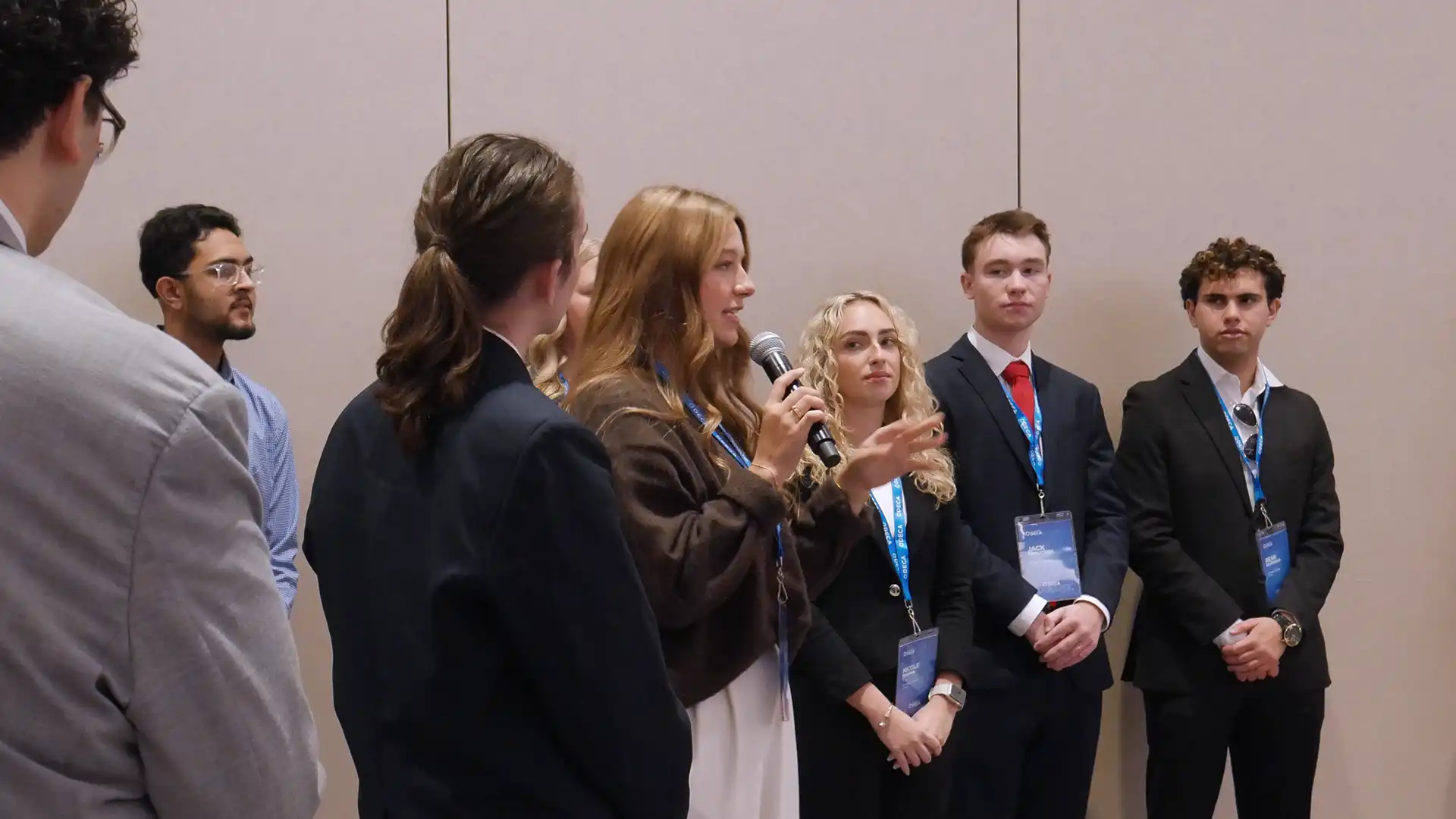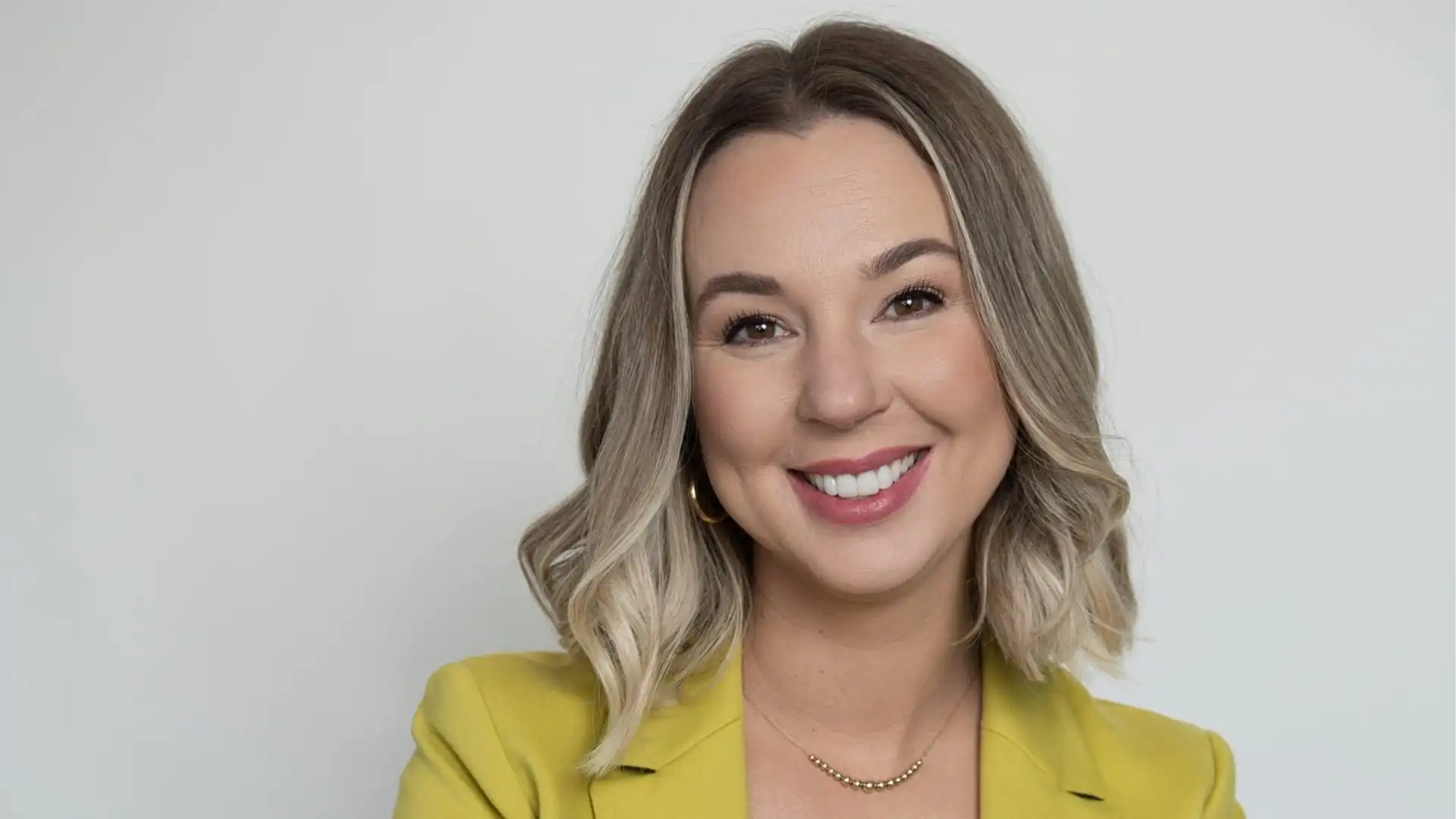As we approach the fall conference season, it is important to consider the various activities, planning and logistics that go into a successful event. Here are a few things to keep in mind to ensure you are ready to host your local fall conference.
Pre-conference Planning
Firstly, engaging with members about the conference as soon as possible is crucial. Social media and emails are efficient and effective ways to inform your audience about the event and get them excited to attend. Additionally, this makes it easier for members to share the event information personally and invite other potential attendees.
Creating a task list for your leadership team is also helpful. This list should outline who will do what and by which dates. When setting these guidelines, remember to consider tasks that must be completed before others and tasks that need approval or follow-up. You can also work with your leadership team to ensure that the functions assigned play to the strengths of those involved in conference planning.
Working with Alumni and Professional Members
Conferences are a great opportunity to involve alumni and professional members. Alumni are always a great way to showcase success stories within our organization, and they are often willing to serve as judges or mentors. They can also be a valuable source of photos and videos of your event for social media!
Professional members, who may also be willing to serve as mentors or judges, are a great source of knowledge and can speak to members about industry experiences and trends.
Post-Conference Follow-up
One of the most important steps in a conference is what happens afterward. It is essential to thank all the volunteers, advisors, alumni and professional members who made your event possible. You may also consider thanking them via shoutout in post-conference emails and social media posts.
Additionally, it is important to consider the feedback from members who attended. Always include a feedback form or other survey medium to provide valuable information for future leadership teams about what worked well at the event and what can be improved. This enables future events to be more successful and gives you insight into what your members want to see.
Leading a successful fall conference requires strong planning, experienced execution and post-conference follow-up. By engaging members early, utilizing the experience of alumni and professional members, following up effectively and fostering a welcoming and interactive environment, you can host an event that is not only memorable but one that your members will remember for years to come.














